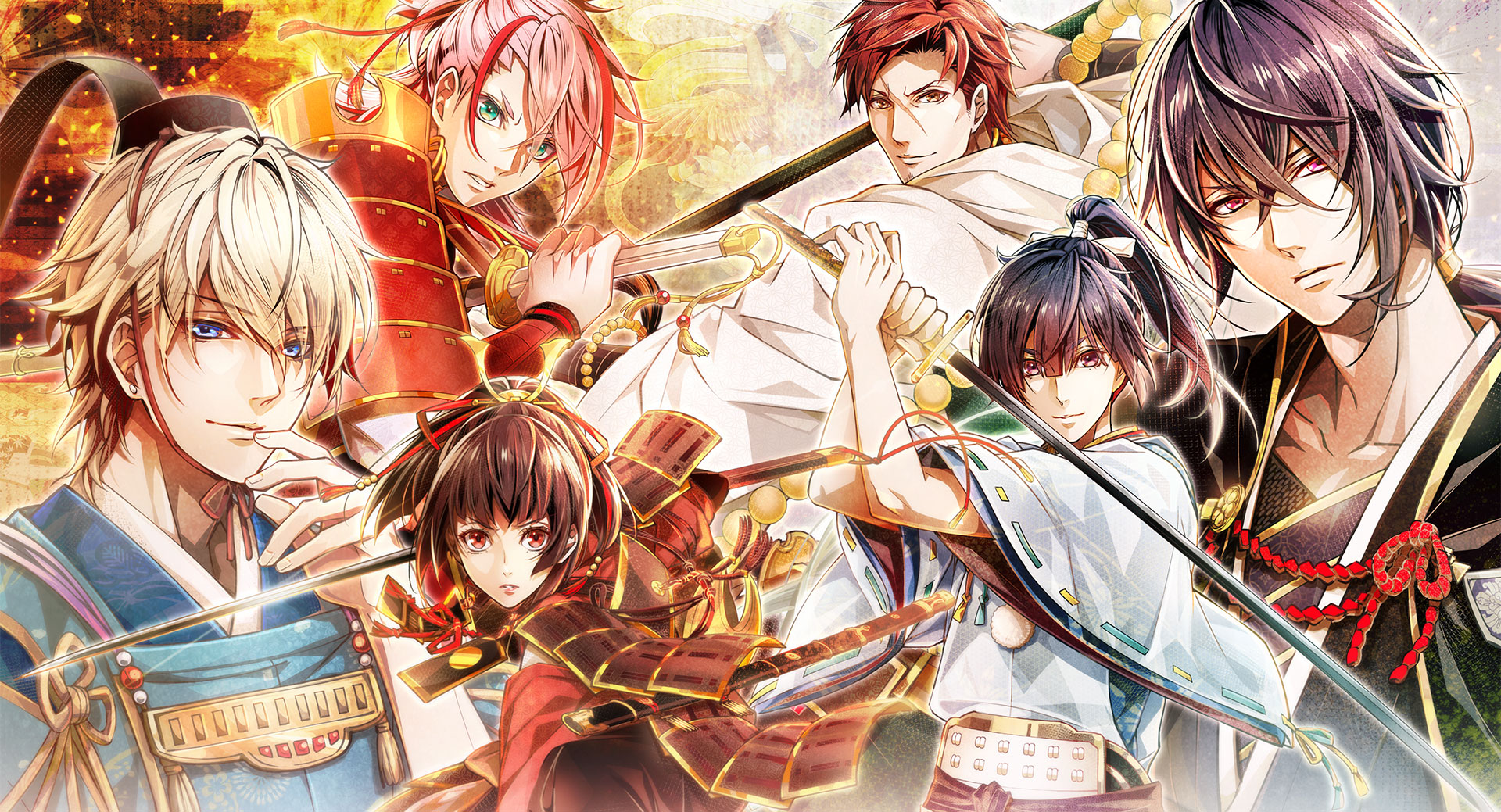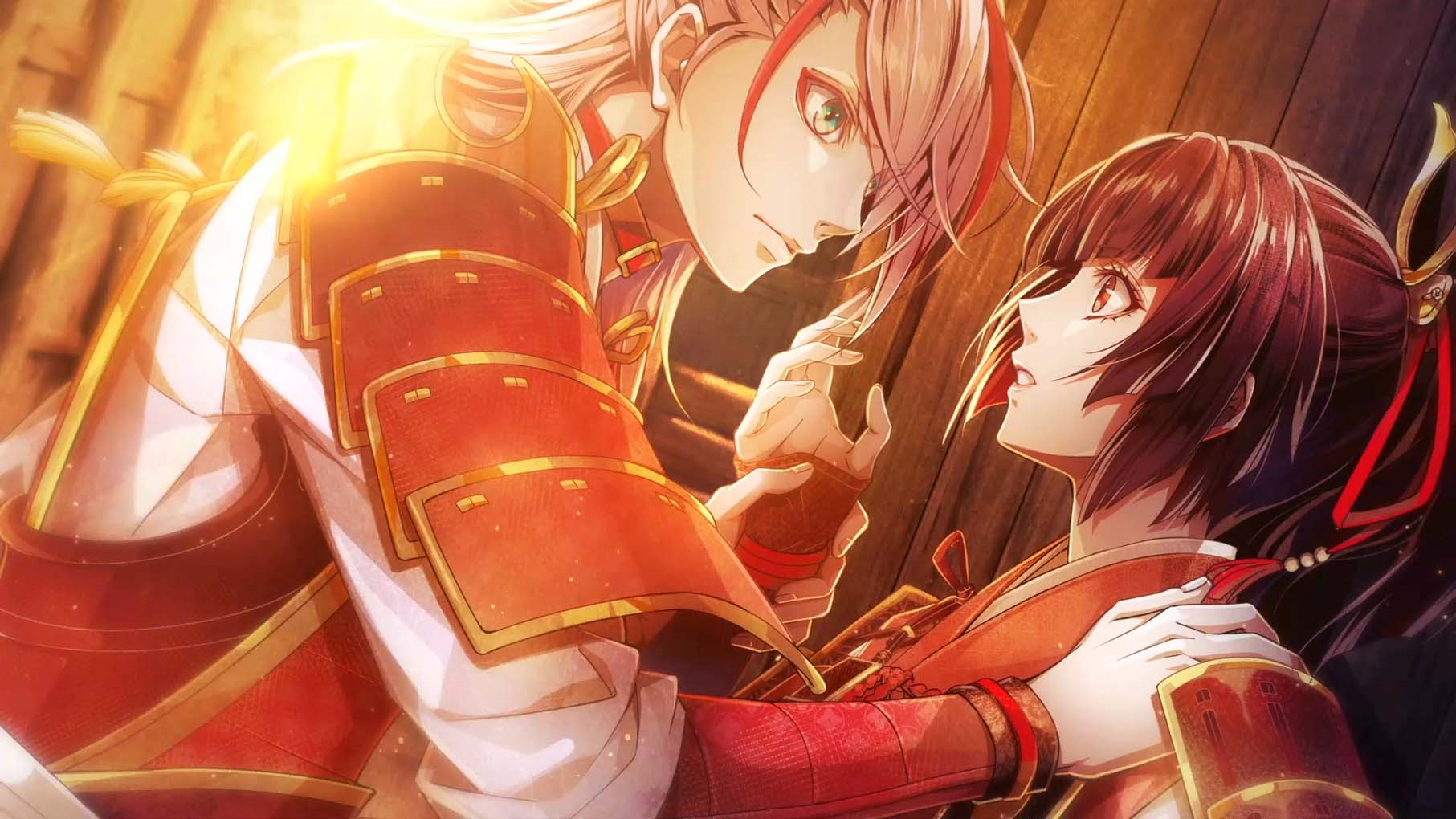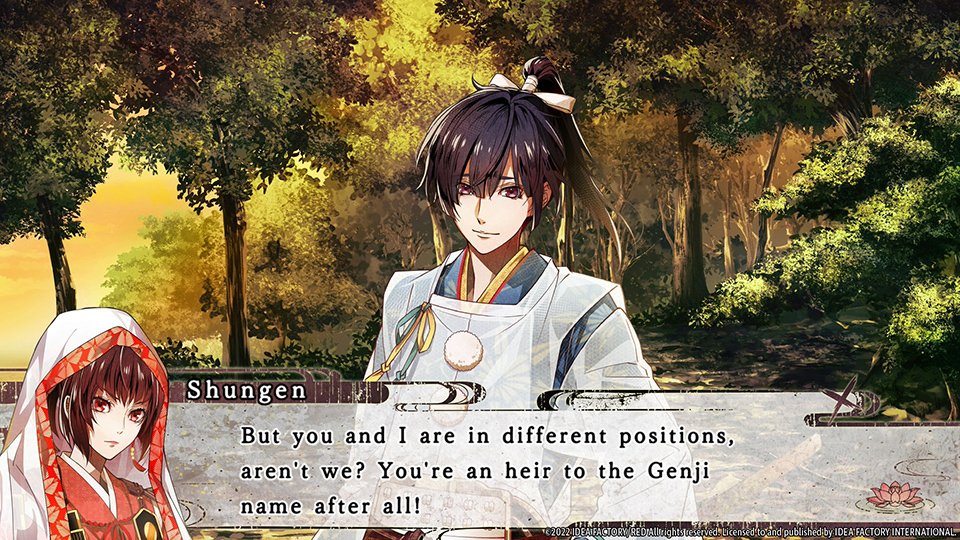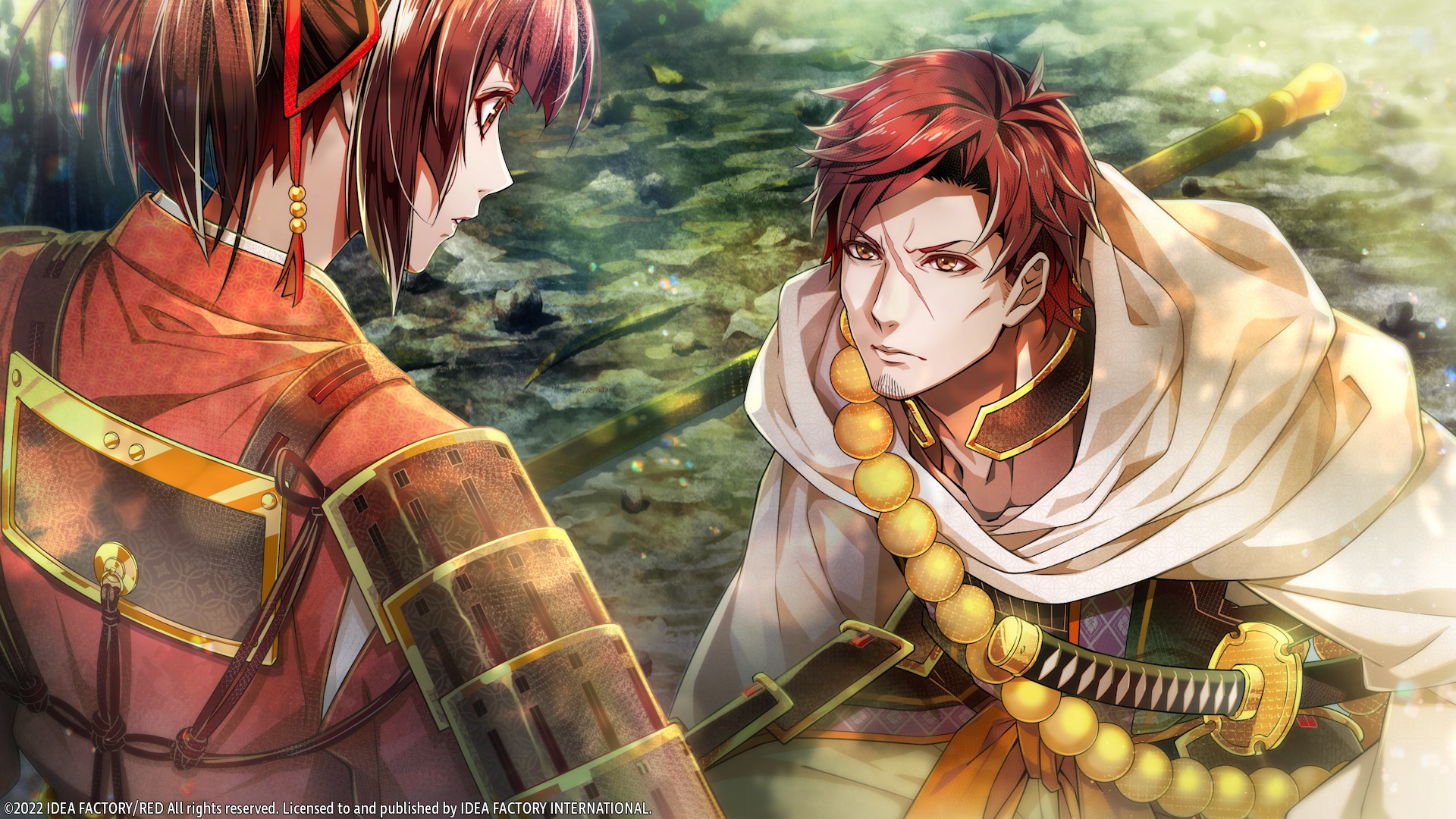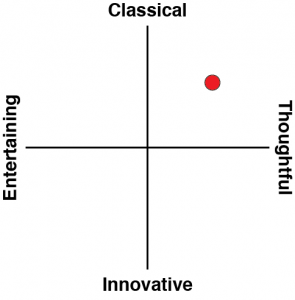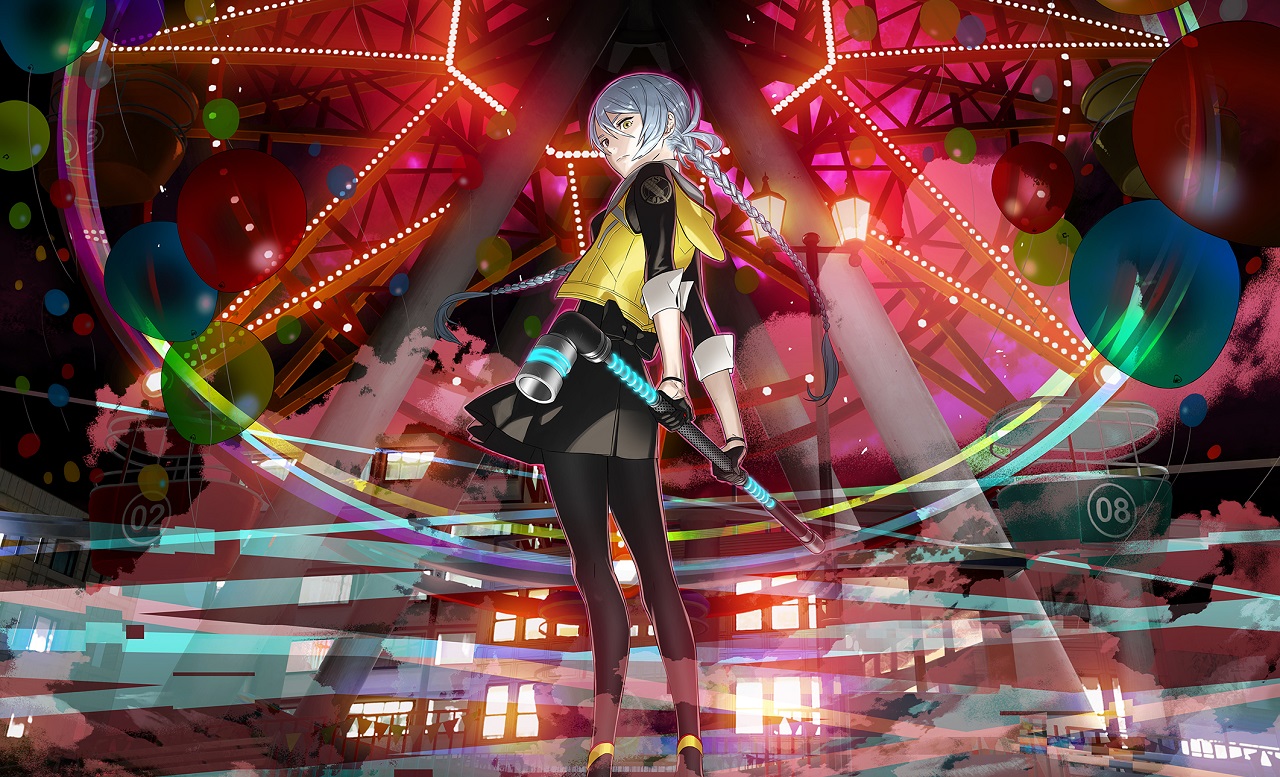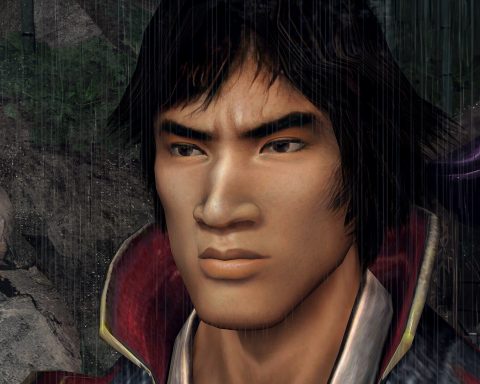We get a lot of games, films, books, and other such media that take place during the Sengoku era. Samurai Warriors and Nioh, for example. There are endless films that depict various battles from the era. Netflix even produced a documentary, which was terrible, but highlights that the Sengoku era is well known worldwide and outside of Japan. It is a far more rare treat to get a game based on the Genpei war and surrounding years. Therefore Birushana: Rising Flower of Genpei is a lovely, rare treat.
For your historical background, the Genpei war was fought in the late 12th century, and that was around 300 years before the Sengoku era that we’re all so familiar with these days thanks to those aforementioned games and films and things. This Genpei war was between two particularly powerful clans at the time – the Taira and the Minamoto – and was significant for several reasons, but not least of which that it resulted in the Kamakura shogunate being established (making the city of Kamakura the effective capital of Japan at the time), and it was the period where the northeast of Japan (except for Hokkaido) was annexed and became part of the actual nation of Japan that we recognise today (before then it was dominated by other native peoples that were not Japanese).
It was also the story of Benkei the warrior monk, one of the greatest heroes of Japanese history. Historically, Benkei swore allegiance to the powerful warrior Minamoto no Yoshitsune, and the adventures that they went on (and their eventual end) have become massively popular legends of true heroism and big action. For more information on the real history (as far as we know it so many years later) I highly recommend the easy-reading but compelling Samurai Rising: The Epic Life of Minamoto Yoshitsune. It truly is a fascinating story.
For quite a few years now I’ve been deeply fascinated by Benkei and very fond of his status as an almost Robin Hood-like figure within Japanese legends. It’s not that he stole from the rich to give to the poor (Goemon is a much closer approximation as far as that goes), but his martial prowess and adventurous exploits in defiance of “the law” have a parallel, and there’s even a famous bridge battle between Benkei and Minamoto no Yoshitsune that resulted in their friendship, and that has the airs of the battle over the river that Hood and Little John had. My interest in all of this has caused me to travel to the memorial for Benkei on one of my trips to Japan, and as infrequently as it happens I do enjoy seeing how he is depicted in modern media.
He shows up in Birushana: Rising Flower of Genpei, and while he has obviously been embellished greatly to fit him into a story that leans heavily into fantasy, the developers have worked hard to retain something of his personality and character. He remains infallibly loyal, and the popular little anecdotal story of Benkei’s quest to claim 1,000 swords from warriors that he considered arrogant and unworthy is also replicated in Birushana’s plot. I’m not quite as familiar with the Genpei conflict and major players as I am, say, the Sengoku era, so I would hesitate to comment on how well the storytellers have done overall with the characterisation, but the attention to detail that they placed into Benkei tells me that Idea Factory’s developers probably did do the rest of the real characters justice, and inserted the fictional characters in an authentic manner.
In many ways, Birushana: Rising Flower of Genpei effectively acts as a “sequel” to the Hakuouki series that were so instrumental in popularising the otome genre in the west (in fact, my very first visual novel review was Hakuouki, and you can read it here, but fair warning, it is raw and very obviously my first VN review). It’s set in a completely different time period (remembering that Hakuouki told the story of the Shinsengumi, from the 19th century), but the texture and tone are the same: take a real period of history, make the boys really pretty, and cast you in the role of a girl who GETS TO WOO BENKEI. Sorry. I lost myself for a moment there.
In this case, the girl is Shanao, who, at the start of the narrative, is hiding her gender by pretending to be male (I also believe that she’s meant to be a gender-swapped Minamoto no Yoshitsune, though I honestly can’t remember that – or her “real name” – being brought up through the game). She’s also a recluse, wanting nothing to do with the conflict on either side. Unfortunately, events conspire to drag her in, and from that point, the story settles into a rhythm that’s approximately half romance, and half samurai historical epic. It’s a gorgeous mix, and is well-written and mixes the politics and events of the era in nicely to give texture to the setting and further detail the characters. Shanao herself is also one of the more compelling otome protagonists, being a bonafide (and highly skilled) warrior through a good chunk of the story. After being outed as a woman, she then takes time to come to terms with her new public identity before allowing herself to romance her choice of the pretty boys around her. This does mean that the overall novel is a “slow burn,” but it’s to the benefit of the character, who goes through a real arc and remains empowered throughout. Far too often with the otome genre, the woman protagonist is simply whisked along the adventure as things happen around her and the boys do their thing. In Birushana, Shanao is an actual narrative point of focus.
Birushana has gorgeous art that helps to set the scene, and appropriately the artists have differentiated armour and costuming from what you might expect to see in a Sengoku-era story. Don’t get me wrong here – the costumes are not historically accurate on any level, but they also look like what you might expect to see from not-accurate costumes set 300 years before the not-accurate costumes of a Samurai Warriors title. They’re less heavy on full-body armour and outlandish weapons in other words. the look is simple and “medieval”-primitive, and perfect for a 12th-century tale. The backgrounds are impeccably detailed (I only wish there were more of them) and the key art CGs are, of course, a highlight. Idea Factory produces the “blockbusters” of the otome genre, and this is right up there with their best, visually.
I have just one big issue with Birushana. I know the Genpei war and characters well enough, so I have the necessary context to enjoy the story and its setting to its full. Given how “niche” the Genpei war is within popular media, I suspect most westerners – even readers at DDNet – will not. There is an in-game dictionary that explains various terms and people with short little descriptions, and certain concepts don’t rely on you knowing the history. The romance, for example. Romance is a universal concept, Benkei is freaking gorgeous, go for it Shanao. That side of the story is simple. However, the political environment and conflict that powers the period drama side of this visual novel really needed more explanation. Idea Factory produced this game for the Japanese domestic market, and the Genpei war is assumed knowledge there. It won’t be out here, and while I would like to think this visual novel will inspire some to go out and read more (such as the book I recommend at the start of the review), I also know that in the world of video games, too many will simply gloss over it and move on to the next toy.
Nonetheless, Birushana: Rising Flower of Genpei is a truly wonderful example of the visual novel genre, and I’m glad it got localised. It’s aesthetically beautiful (and not just because Shanao and Benkei can get hot-and-sweaty together). It’s also written with a deft touch and genuinely works as a piece of historical fiction. As someone who has actually asked Koei Tecmo about a Nioh or Samurai Warriors set during this conflict, just to give us a break from all the Sengoku era games, I’m over the moon that Idea Factory decided to weave their magic during this vibrant and exciting period of Japan’s history.
